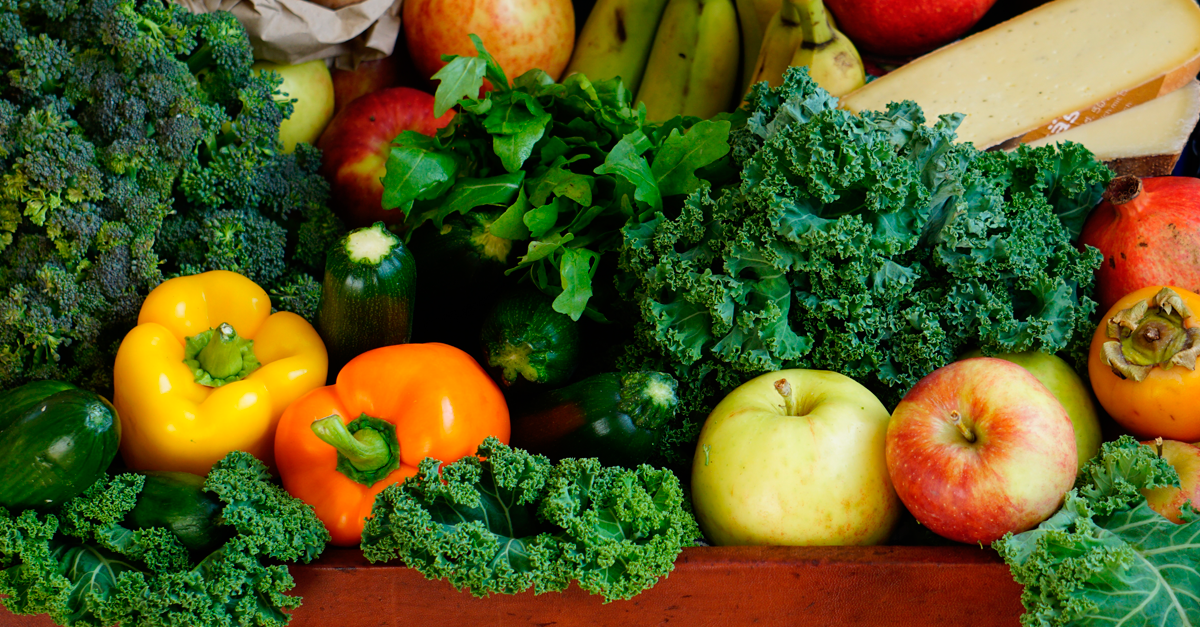Methodological novelties applied to the anthropology of food: agent-based models and social networks analysis
Received:
13 June 2016,
Accepted:
6 December 2016,
Published:
19 December 2016

Abstract
The aim of this article is to introduce two methodological strategies that have not often been utilized in the anthropology of food: agent-based models and social networks analysis. In order to illustrate these methods in action, two cases based in materials typical of the anthropology of food are presented. For the first strategy, fieldwork carried out in Quebrada de Humahuaca (province of Jujuy, Argentina) regarding meal recall was used, and for the second, elements of the concept of “domestic consumption strategies” applied by Aguirre were employed. The underlying idea is that, given that eating is recognized as a “total social fact” and, therefore, as a complex phenomenon, the methodological approach must also be characterized by complexity. The greater the number of methods utilized (with the appropriate rigor), the better able we will be to understand the dynamics of feeding in the social environment.
Keywords: Anthropology, Feeding, Computer Simulation, Nonlinear Dynamics
References
1. Mauss M. Ensayo sobre el don: Forma y función del intercambio en las sociedades arcaicas. Buenos Aires: Katz Editores; 2009.
2. Hanneman R, Riddle M. Introduction to social networks methods [Internet]. Riverside: University of California; 2005 [citado 10 jul 2016]. Disponible en: http://tinyurl.com/ju54p9b.
3. Wilensky U, Rand B. An introduction to agent-based modeling: modeling natural, social, and engineered complex systems with NetLogo. Cambridge: MIT Press; 2015.
4. Merton R. Teoría y estructuras sociales. México: Fondo de Cultura Económica; 1980.
5. Agar M. Agents in living color: Toward emic agent-based models. Journal of Artificial Societies and Social Simulation [Internet]. 2005;8(1) [citado 10 jul 2016]. Disponible en: http://tinyurl.com/hjm5rwd
6. Reynoso C. Complejidad y caos: Una exploración antropológica. Buenos Aires: SB; 2006.
7. Watts D. Seis grados de separación: La ciencia de las redes en la era del acceso. Barcelona: Paidós; 2006.
8. Díaz Córdova D. Antropología alimentaria de la Quebrada de Humahuaca: Modos de producción, patrón alimentario y sus efectos sobre el cuerpo y la salud de la población quebradeña. [Tesis de Doctorado]. Buenos Aires: Universidad de Buenos Aires; 2015.
9. Muscio H. Colonización humana del NOA y variación en el consumo de los recursos: La ecología de los cazadores recolectores de la Puna durante la transición Pleistoceno-Holoceno. Naya [Internet]. s/f [citado 10 jul 2016]. Disponible en: http://tinyurl.com/hm5kngw
10. Reboratti C. La Quebrada: Un estudio geográfico, histórico y social de este Patrimonio de la Humanidad. Buenos Aires: La Colmena; 2003.
11. Antropocaos. Exploraciones en antropología y complejidad. Buenos Aires: SB; 2009.
12. Reynoso C. Redes sociales y complejidad: Modelos interdisciplinarios en la gestión sostenible de la sociedad y la cultura. Buenos Aires: SB; 2011.
13. Wasserman S, Faust K. Social networks analysis: methods and applications. New York: Cambridge University Press; 1994.
14. Wolfram S. Cellular automata. Los Alamos Science. 1983;9:2-21.
15. Schelling T. Models of Segregation. The American Economic Review. 1969;59(2):488-493.
16. Schelling T. Dynamic models of segregation. Journal of Mathematical Sociology. 1971;1:143-186.
17. Sakoda J. The checkerboard model of social interaction. Journal of Mathematical Sociology. 1971;1:119-132.
18. Epstein J, Axtell R. Growing artificial societies: Social Science from the Bottom Up. Washington DC: Brookings Institution Press; 1996.
19. Centre for Interdisciplinary Science. Complex Systems-Sugarscape [Internet]. University of Leicester [citado 10 jul 2016]. Disponible en: http://tinyurl.com/z6k34os
20. Bourdieu P. Razones prácticas sobre la teoría de la acción. Barcelona: Anagrama; 1997.
21. Giddens A. La constitución de la sociedad: Bases para la teoría de la estructuración. Buenos Aires: Amorrortu; 2006.
22. Aguirre P. Estrategias de consumo: qué comen los argentinos que comen. Buenos Aires: Miño y Dávila; 2015.
23. Eglash R. African fractals: Modern computing and indigenous design. New Brunswick: Rutgers University Press; 1999.










